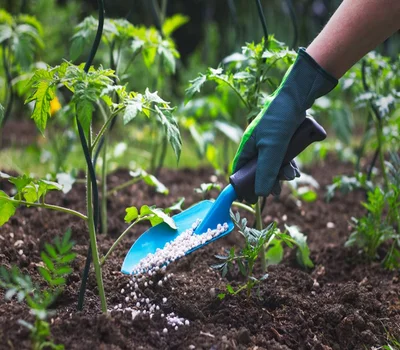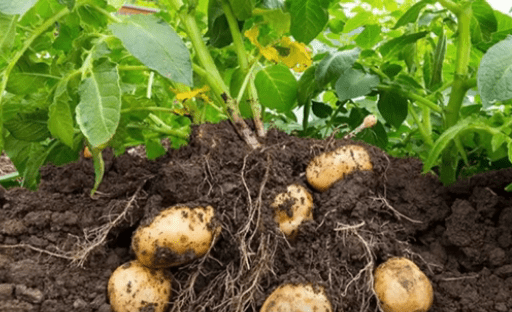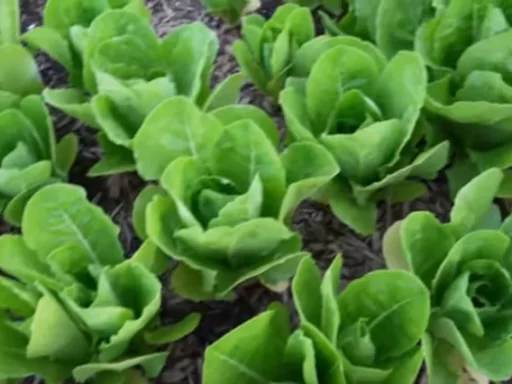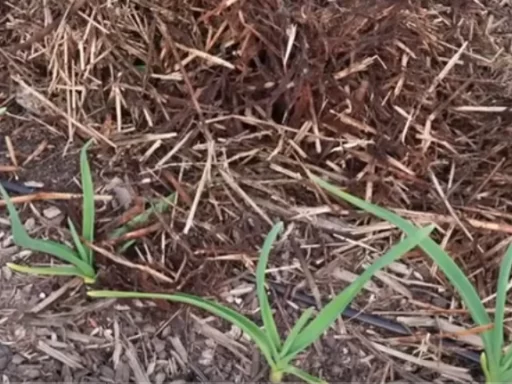As spring approaches, it’s the perfect time to start preparing your garden soil for a fruitful growing season. The following are four key steps that will supercharge your garden soil, ensuring your plants thrive throughout the year.
Step 1: Clean Up Your Garden
Before doing anything, begin by removing any weeds or old plants from the garden area. Weeds grow rapidly as the weather warms up, and if left unchecked, they can spread seeds across your garden bed. Removing them early helps maintain the health of your soil, as large weed root masses can disturb the soil’s natural microbiome. Simply pulling the weeds out by hand works, but doing so early in the year minimizes damage to the soil.
When it comes to old plants, it’s important not to yank them out by the roots. Soil is a living ecosystem made up of fungi and bacteria that work together to decompose organic material and feed your plants. Pulling old plants out too soon can disrupt this ecosystem. Instead, use pruning shears to cut the plants down, leaving the root mass to decay naturally. This will ensure the decomposition process continues and the soil remains undisturbed until planting time.
Step 2: Add Organic Soil Amendments
The second step in boosting your garden soil’s quality is to incorporate organic soil amendments. Things like alfalfa pellets, bone meal, and kitchen scraps (such as banana peels and coffee grounds) are ideal for this purpose. These organic materials take time to decompose, which is why adding them at least a month before planting is recommended.
To add these amendments, first remove any mulch layer on top of your soil, as the amendments need direct contact with the soil to be effective. Spread kitchen scraps or other organic materials evenly on top of the soil. Kitchen scraps, particularly coffee grounds, are great for adding micronutrients, trace minerals, and nitrogen to the soil. The key is to give these amendments enough time to break down and integrate into the soil before planting.
Step 3: Apply a Layer of Compost
After incorporating organic amendments, the next step is to cover them with a layer of compost. A 1 to 2-inch layer of compost is essential to aid the decomposition of your amendments and enrich your soil with beneficial bacteria and fungi. Whether you use store-bought compost or homemade, the compost will provide a protective barrier and foster a healthy soil ecosystem.
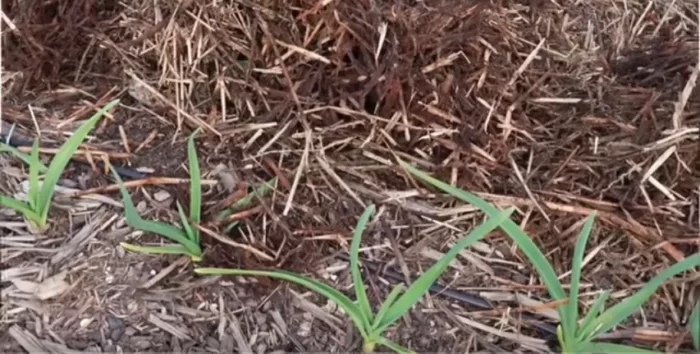
Spread the compost evenly over your garden beds, covering the amendments completely. This not only helps the organic material break down but also protects the soil from external factors like sunlight and rain that could deplete its nutrients.
Step 4: Protect Your Soil
Once you’ve amended and composted your soil, it’s vital to protect it until you’re ready to plant. Use a tarp or a layer of mulch to shield the soil from harsh weather conditions, such as heavy rain or intense sunlight. Rain can wash away nutrients, while sunlight can dry out and degrade the soil.
If you’re not planting immediately, covering your soil will also prevent weeds from sprouting. If you live in a warmer climate where temperatures are rising, mulch is a great alternative to using a tarp. It’s easy to move aside when you’re ready to plant, and it will maintain the soil’s moisture and temperature.
By following these steps, you’ll create the ideal environment for your plants, ensuring they receive the nutrients they need for a healthy start to the growing season.
Frequently Asked Questions
- When is the best time to start preparing my garden soil?
It’s recommended to start about 1 to 2 months before planting, so the amendments have time to break down. - What types of organic amendments should I use for my soil?
Organic amendments like alfalfa pellets, bone meal, kitchen scraps, and coffee grounds are great for enriching your soil. - Can I remove weeds and old plants right before planting?
It’s better to remove weeds and old plants early in the season to prevent soil disturbance when planting time comes. - How thick should the compost layer be on top of the soil amendments?
A 1 to 2-inch layer of compost is ideal for covering soil amendments and aiding decomposition. - Is it necessary to remove mulch before adding amendments to the soil?
Yes, removing the mulch ensures that the soil amendments have direct contact with the soil for effective decomposition. - What can I use to protect my soil before planting?
A tarp or a layer of mulch can be used to protect the soil from weather damage and prevent weed growth. - Can I still improve my soil if I need to plant immediately?
Yes, you can skip the kitchen scraps and use organic fertilizer directly in the planting hole to provide nutrients for your plants.

